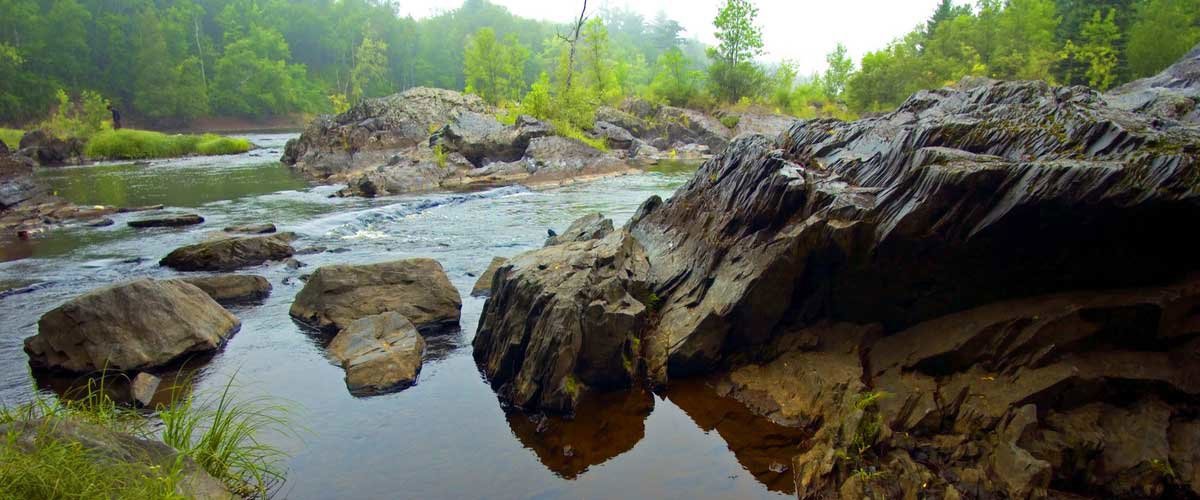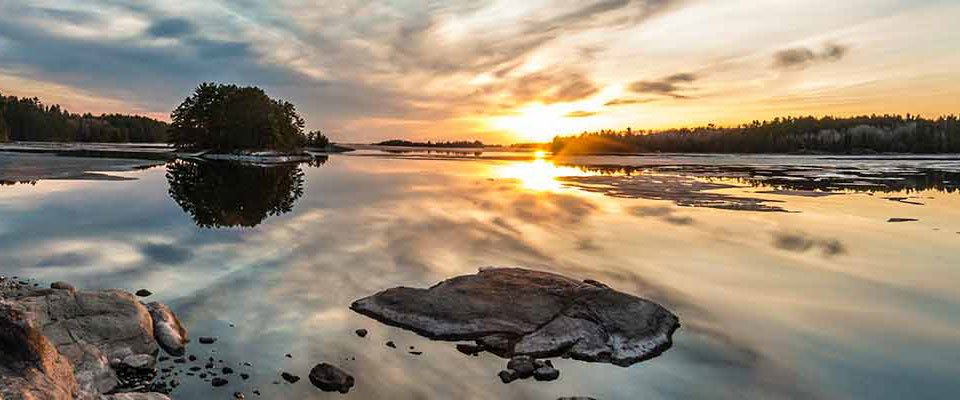The University of Minnesota’s Water Resources Center provides leadership in freshwater management through cutting-edge research, educational opportunities for students and professionals, and community outreach. Authorized by Congress as one of the nation’s 54 water resources research institutes, we also connect the research expertise at the University to research problems at the national level.
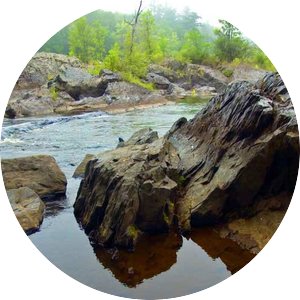
What we're working on
See our diverse portfolio of programs, projects and events.
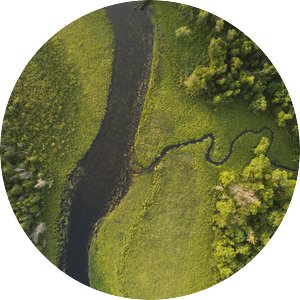
Where we're going
Read our strategic plan which guides our work and collaborations for the next several years.
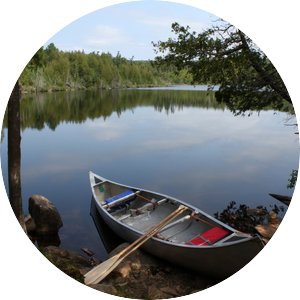
What we've accomplished
Learn about our impacts and activities in 2023, our sphere of influence and metrics.
Upcoming Events
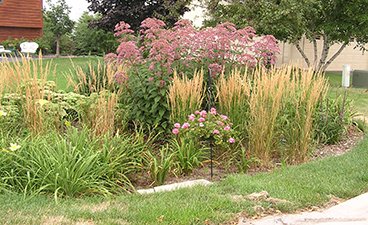
Does it age like a fine wine or are we having a midlife crisis?: Evaluating older bioretention system performance and soil evolution
Thursday August 1, 2024, 10am - NoonBioretention is among the most frequently implemented green stormwater infrastructure practices. Beyond basic maintenance checks, however, little monitoring is done, despite functioning to clean stormwater for years. This seminar will focus on a field research study aimed at understanding pollutant accumulation and soil development in older bioretention cells.
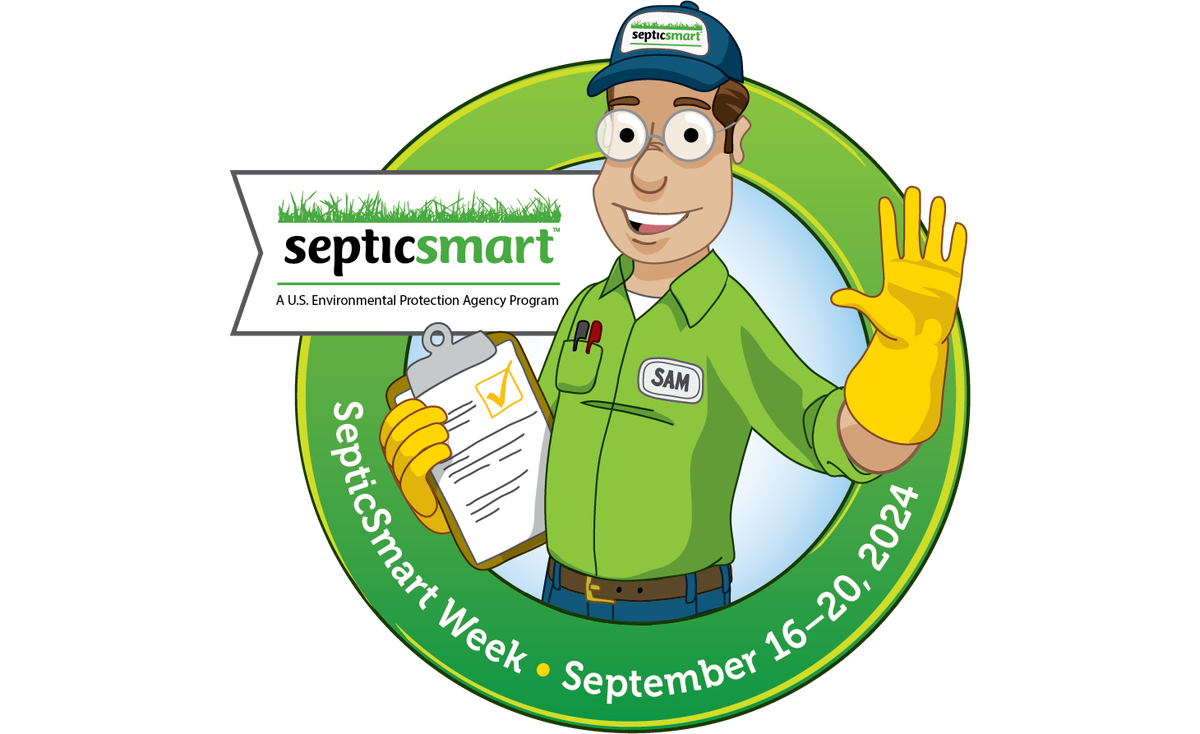
SepticSmart Week 2024
Tuesday, September 17, from 7 to 9 p.m.The University of Minnesota Onsite Sewage Treatment Program will offer a free training opportunity on ‘Being Septic Smart’ in September to celebrate SepticSmart Week (September 16-20, 2024).
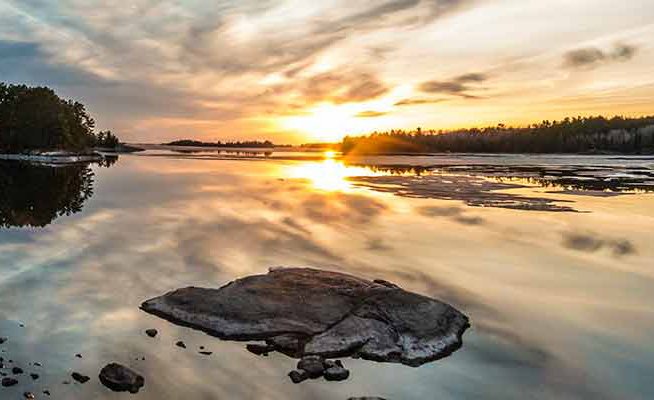
Minnesota Water Resources Conference
October 15-16, 2024Registration is now open! #mnwrc24
Immerse yourself in innovative, practical, and applied water resource engineering solutions, management techniques, and current research about Minnesota’s water resources.
News
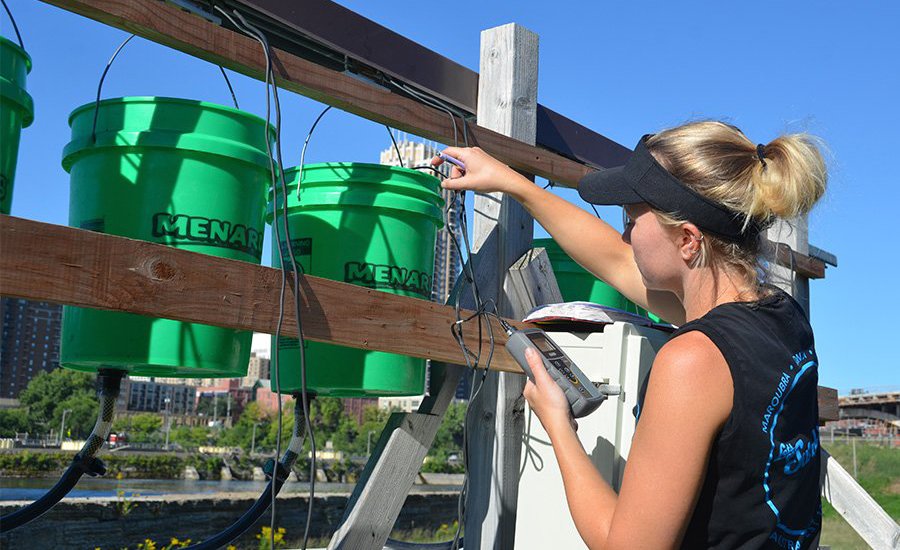
University of Minnesota co-leads new national center to accelerate urban stormwater research and technical assistance
July 17, 2024A University of Minnesota Twin Cities team is co-leading a new center funded by the United States Environmental Protection Agency (EPA) aimed at enhancing efforts to support the nation’s water infrastructure and protect water quality. The center is expected to be funded at $1.5 million per year for five years and is one of the first national stormwater centers established by the federal government.
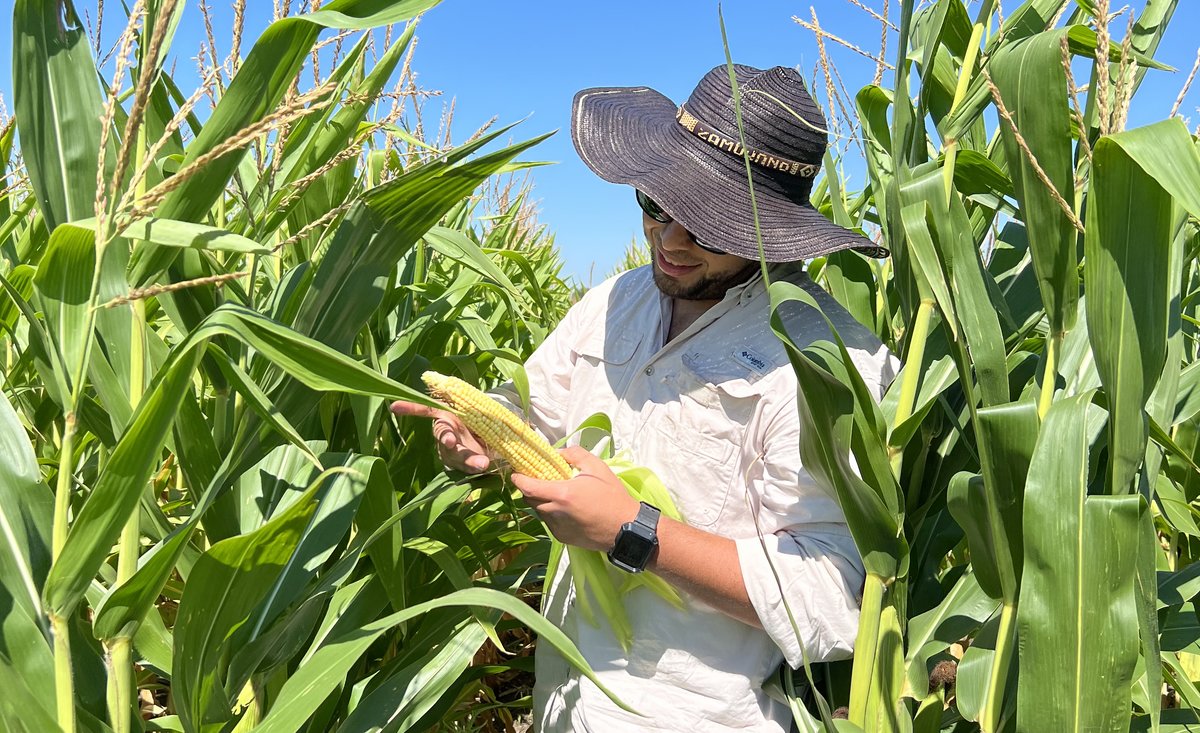
Cover crops and their role as an integral nitrogen management strategy for sandy soils
June 28, 2024Doctoral student Eduardo Garay Lagos writes about his experience on a WINS project evaluating the impact of annual vs. perennial cover crop systems and their interaction with different nitrogen rates on irrigated sandy soils.

Water Resources Science graduate student research navigates Indigenous data sovereignty and university open research policies
June 27, 2024Molly Wick, doctoral student in the Water Resources Science graduate program, writes about her recent case analysis published in Ethics & Human Research which highlighted how research universities may not have adequate policies in place to support research in collaboration with sovereign Indigenous communities.
